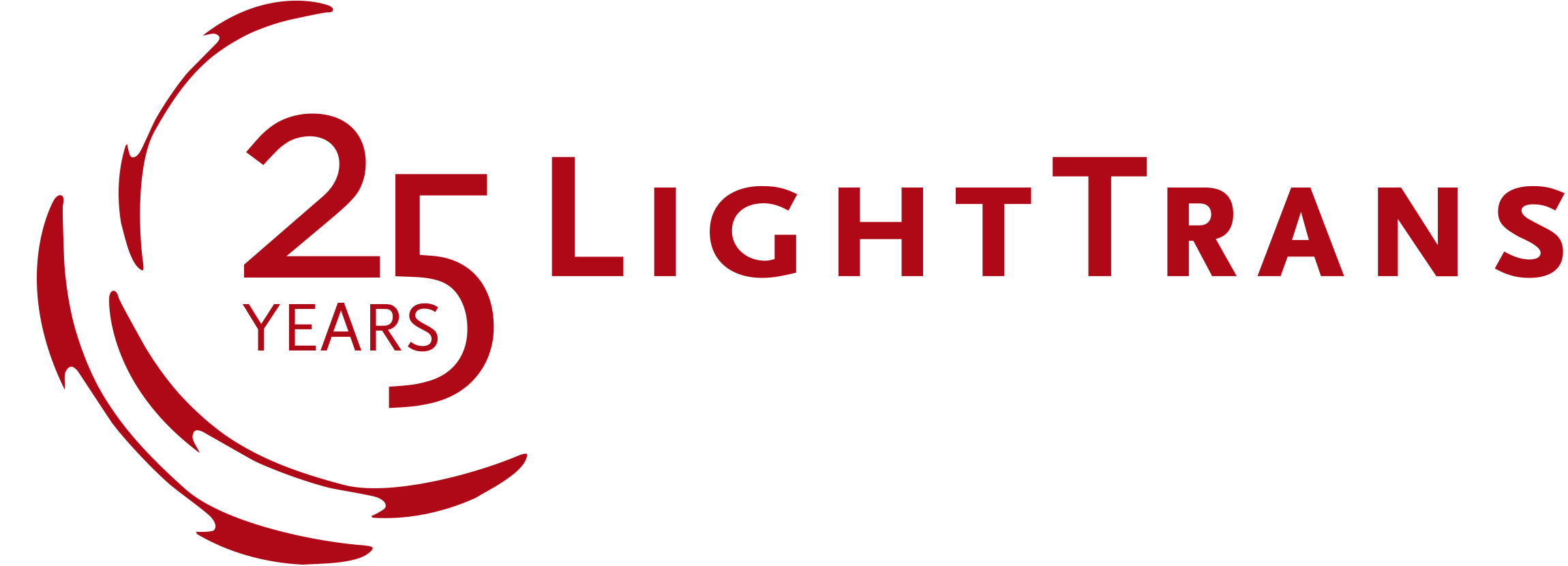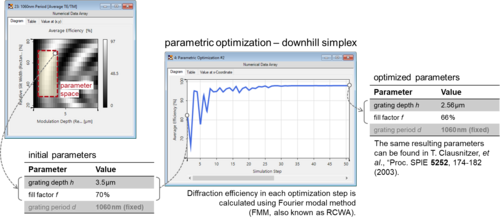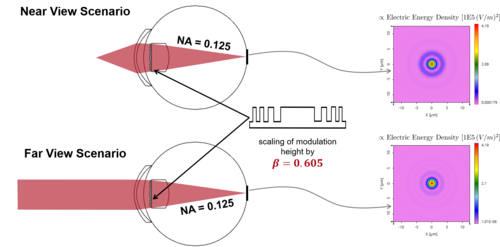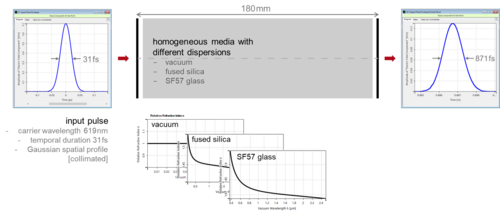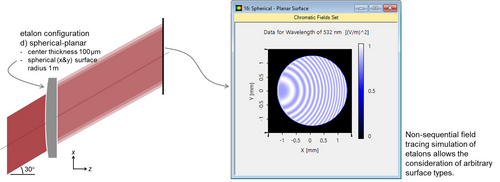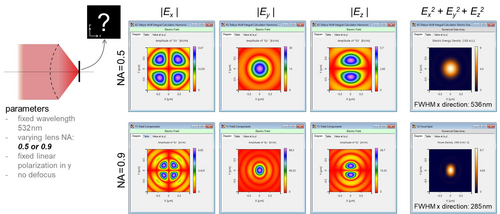What’s new in our Optical Modeling and Design Software?
EOS Diffractive Optics 2019 – Program Overview
We are happy to announce that EOS has published the program of the conference. Take the chance and meet experts to talk about their latest research results in the field of photonics.
Jena, Germany | 16 – 19 September
Read moreCross-platform Optical Modeling and Design
The physical optics software VirtualLab Fusion is constructed as a platform to combine different in-built and customized field solvers to enable fast physical-optics simulation and design with ray tracing naturally embedded. This multi-solver concept is complemented by the possibility to use a cross-platform approach, where VirtualLab Fusion is accessed externally. In two examples we demonstrate an interaction with Matlab and Python. In this way, tools and algorithms from other programs or programming languages can be used to extend the options for simulation, optimization, design and post-processing.
Read moreBinary Grating Design Workflow
Binary gratings, with either straight or slanted side walls, have turned out to be the key components in many optical applications. Thanks to the advances in e.g. nanoimprint technology, the fabrication of this type of gratings with small, critical dimensions has become feasible. VirtualLab Fusion, with its inbuilt Fourier modal method (FMM, also known as RCWA) and different optimization algorithms, provides a complete user-friendly design workflow for binary gratings that also includes the subsequent analysis of fabrication errors, like rounded-edge effects.
Read moreComplete Workflow for the Design and Analysis of Diffractive Lenses
Diffractive lenses show great potential in various modern optical applications. VirtualLab Fusion, with its Summer Release 2019, provides a complete workflow for the design and analysis of diffractive lenses. It starts with the functional design of the wavefront phase response, which can also, alternatively, be imported from e.g. Zemax OpticStudio®, then includes the actual microstructured lens surface into the modeling, and supports the export of the lens structure for fabrication. As an example, the design and analysis of an intraocular lens is shown.
Read moreUltrashort Pulses Modeling
Ultrashort laser pulses show a potential for high-precision material processing. However, such pulses may broaden due to the wide spectrum that corresponds to the ultrashort temporal duration. For ultrashort pulse applications it is important to understand the mechanism of pulse broadening, and even to control it. As examples, we demonstrate how material dispersion and diffraction gratings can affect the pulse behavior.
Read moreModeling of Optical Etalons
Optical etalons, in the simple structure of a transparent plate, can form Fabry-Pérot resonators and therefore be used for spectral and/or angular selection. The non-sequential field tracing technique in VirtualLab Fusion enables the accurate modeling of different types of etalons, with either planar or curved surfaces and coatings. As a typical application, we demonstrate the optical setup for the examination of sodium D lines with an etalon as the key component.
Read moreVirtualLab Fusion summer release 2019
We will present the new summer release 2019 of our Fast Physical Optics software VirtualLab Fusion at the LASER World of Photonics 2019 in hall B1, booth 209.
LASER Exhibition | 24 – 27 June
Read moreDebye-Wolf Integral
It is established that vectorial effects are non-negligible in high-NA imaging systems, like microscopes. The lens surface and material specifications must, technically, be known in order to take the exact vectorial effects into account. However, such detailed information of most commercial objective lenses is not freely available in general. For such situations, you have the Debye-Wolf integral calculator as one possible way out – it is a well-known idealized model for lens systems which is not restricted to paraxial cases, as it includes the most relevant vectorial effects from high-NA objective lenses.
Read more